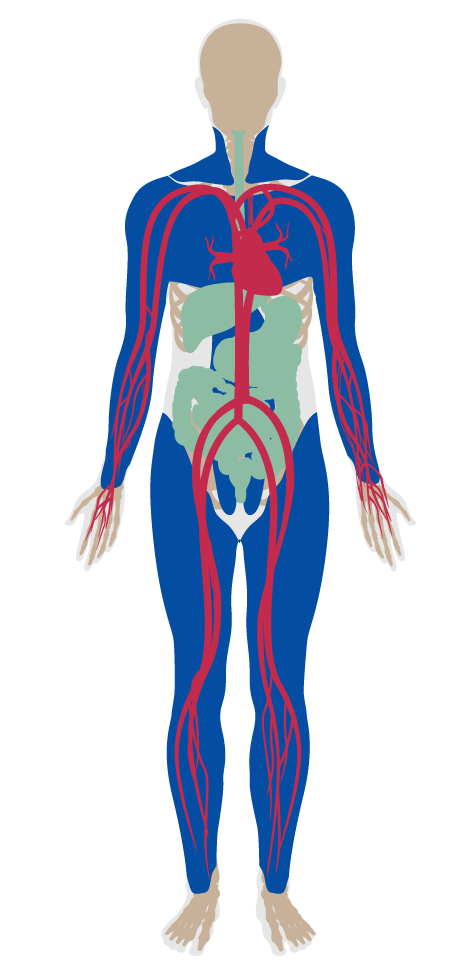Nutritional information
Nutritional information
Intent:
To help occupants make informed food consumption choices.
BACKGROUND
Access to nutritional information allows consumers to make informed dietary choices. For example, being able to compare the sodium content of two different snacks can enable individuals who need to limit their salt intake choose the better option. The FDA sets specific requirements for nutrition labeling in packaged foods, and several municipal administrations have extended a labeling regulation to apply to prepared foods as well.
For foods and beverages sold or provided on a daily basis on the premises by (or under contract with) the project owner, the following are displayed (per meal or item) on packaging, menus or signage:
a.74
Total calories.
b.61
Macronutrient content (total protein, total fat and total carbohydrate) in weight and as a percent of the estimated daily requirements (daily values).
c.61
Total sugar content.
The following are freely available wherever food is sold or in common areas where food is commonly consumed or prepared:
a.
A library of at least 3 cookbooks, magazines, or other literature related to healthy cooking or gardening for every 100 occupants are available in the food preparation area.
b.77
Information on suggested caloric intake based on age, gender, weight and activity level according to USDA recommendations and displayed prominently in the kitchen and dining spaces.

